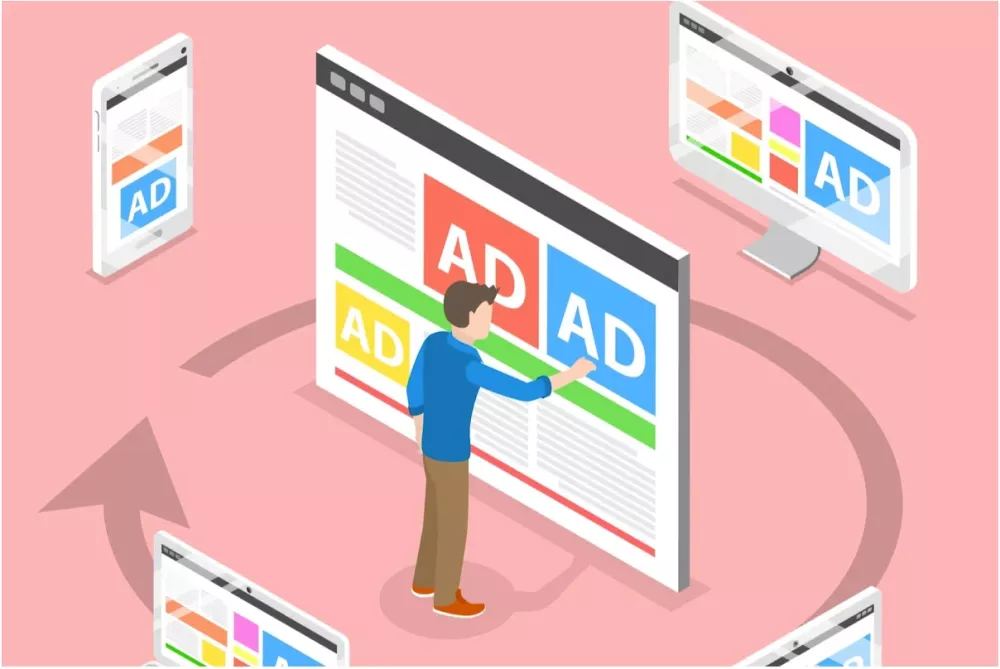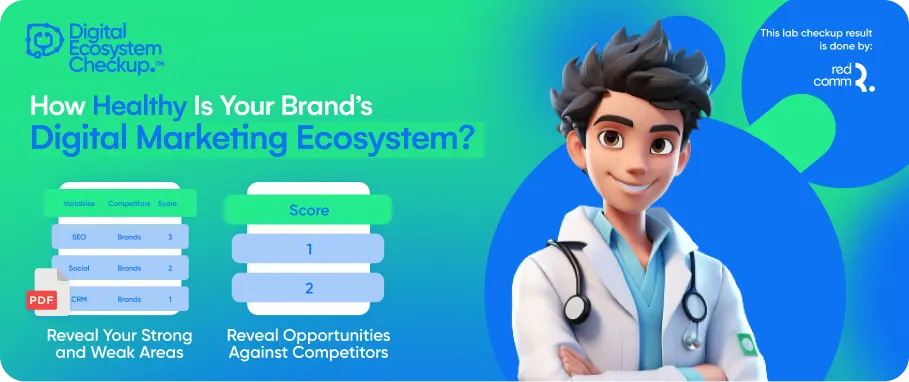If you've been scratching your head wondering why your Google ads seem to be playing hide and seek, you're not alone.
10 Key Reasons Your Google Ads Might Not Be Showing And How to Fix Them

It's a frustrating situation to be in, especially when you're eager for your business to get noticed.
But fear not, there's light at the end of the tunnel. Let's delve into the reasons behind your ads' disappearance and how you can bring them back into the spotlight.
You might think you've set the perfect bid for your keywords, but alas, it's not always that simple.
Setting your bid too high can lead to conflicts with your campaign budget, resulting in your ads being MIA for relevant searches.
Conversely, bidding too low can leave your ads stranded in the depths of Google's search results.
To tackle this, ensure your bids align harmoniously with your campaign budgets. Take advantage of bid simulators in your Google Ads account to gauge the impact of adjusting your bids.
Finding that sweet spot where your bids are just right can work wonders for getting your ads back in the game.
2. Low Click-Through Rates
Another culprit behind your elusive Google ads could be your click-through rate (CTR), the measure of how many impressions translate into clicks.
Simply put, a high CTR indicates that your ad is striking a chord with users, while a low CTR suggests the opposite.
Google loves ads that resonate with users. So, if your CTR is plummeting, expect your ad performance to follow suit.
To boost your chances of snagging those clicks, craft compelling ad copy that grabs attention and prompts action.
Surprisingly, the key to writing click-worthy ad copy mirrors our strategy for creating relevant landing pages.
Understand your target keyword, empathize with the users it attracts, and address their specific needs.
Whether they're at the beginning or end of their customer journey, tailor your message accordingly.
For users at the top of the funnel, informative ads that answer questions are gold. Meanwhile, those nearing the bottom of the funnel crave ads that nudge them towards conversion.
If you're scratching your head over your invisible Google ads, low CTRs might be to blame.
Take a critical look at your ad copy, does it effectively cater to users at different stages of their journey? Adjust your approach accordingly.
3. Low Keyword Search Volume
You may have meticulously selected keywords for your campaigns, but if they're not driving any traffic, your ads are doomed to invisibility.
Google isn't a fan of showcasing ads for keywords with minimal search volume. In such cases, it quietly shelves those keywords, rendering your ads inactive.
Don't just sit around hoping for a search volume to magically pick up. Dive into tools like Google's Keyword Planner or explore alternatives like our Free Keyword Tool.
Hunt for keywords with healthier search volumes to breathe new life into your campaigns.
4. Your Ad is Paused, Removed, or Disapproved
The first culprit we’re investigating is the possibility that your ad has been put on pause, removed, or disapproved.
It’s like having the curtains drawn on your performance before the show even starts. Check your account’s Change History to see if any unintended adjustments have been made.
Navigate through the maze of modifications and ensure that your ads, ad groups, and campaigns are all set to "Enabled" status. If they’ve been ousted from your account, unfortunately, it’s back to square one.
And if you’re still in the dark after this detective work, it’s time to confront the possibility of disapproval.
Google has strict policies, and any ad that doesn’t toe the line gets the boot. Dive into Google’s ad policies to rectify any offenses and get your ads back on track.
5. Negative Keywords Gone Rogue
Negative keywords serve as gatekeepers, preventing your ads from appearing in irrelevant searches.
However, if not managed adeptly, they can inadvertently suppress your active keywords, rendering your ads invisible to potential customers.
Consider this scenario: You're targeting the keyword "CRM free trial" but have set "free CRM" as a broad match negative at the campaign level.
Consequently, the negative keyword takes precedence, effectively blocking your ad from reaching its intended audience.
The solution? Transition from a broad match negative, such as "free CRM," to an exact match negative, like "[free CRM]," enabling your ads to reach users seeking a CRM trial while excluding those seeking cost-free solutions.
6. Extreme Negative Bid Adjustments
Negative bid adjustments empower advertisers to fine-tune their bidding strategy based on various parameters like device type, location, or time of day.
However, setting excessively large negative bid adjustments can backfire, sabotaging your ad rank and hindering visibility.
Imagine slashing your bids drastically under specific circumstances, effectively pricing yourself out of the ad auction. This aggressive approach might seem strategic but could be detrimental in reality.
To avoid this pitfall, leverage the simulated bid columns within your Keywords report.
This invaluable tool provides insights into how bid adjustments impact your ad's performance, allowing you to strike the perfect balance between cost efficiency and visibility.
7. Scheduling or Targeting Errors
Picture this: your ads are ready to roll, but they’re just not showing up when and where they should. This could be a case of scheduling or targeting gone awry.
Check your campaign’s Ad Schedule tab to ensure your ads aren’t confined to a narrow time frame. Flexibility might just be the key to unlocking more visibility.
And let’s talk about location targeting. If your ads are as elusive as Bigfoot in the region you’re aiming for, it’s time to broaden your horizons. Don’t let your ads languish in obscurity due to overly specific targeting.
Tip: Ever wanted to peek into the response of a particular audience segment without committing your whole campaign? Enter the Observation setting.
This nifty feature lets you test the waters without diving in headfirst. Keep your audience wide while honing in on valuable insights. It’s like having your cake and eating it too.
8. Irrelevant Landing Pages
Ever wondered why your Google ads aren't making the splash you hoped for? It might boil down to your landing pages.
Google doesn't just scrutinize your ad copy; it also evaluates the relevance of your landing page.
If your landing page fails to align with users' search intent, you're doomed to lag behind in the ad auction.
Here's the deal: Dive deep into the keywords you're targeting with your Google ads. Understand the pain points and objectives of the users behind those queries.
Then, tailor your landing page content to address their needs effectively. Don't forget to sprinkle in those target keywords for good measure.
9. Unoptimized Ad Copy
Picture this: you've got your ad groups sorted like a pro, but your ad copy is about as captivating as a soggy sandwich.
Your target keyword is nowhere to be found, leaving Google scratching its digital head and wondering what your ad is even trying to say.
Here's the deal: optimizing your ad copy isn't rocket science. It's all about sprinkling your target keyword throughout your ad like seasoning on a gourmet dish.
By doing so, you're sending Google a clear signal that your ad is the perfect match for the user's search query.
So, how do you turn this ship around? Start by giving your ad groups a makeover, ensuring that each one is a harmonious blend of related keywords.
Then, sprinkle some keyword magic into your ad copy, making it impossible for Google to ignore your brilliance.
10. Unfocused Ad Groups
Ever heard the phrase "birds of a feather flock together"? Well, the same principle applies to your Google Ads ad groups.
Each ad group is like a little ecosystem, comprising keywords and ads that should be tightly intertwined.
Why? Because when a user's search query triggers one of your keywords, Google scans through your ad group to find the most relevant ad to display.
So, if your ad group resembles a jumbled mess of unrelated keywords, it's no wonder your ads are playing hard to get.
Google likes order and coherence, the more closely related your keywords are within an ad group, the higher the chances that your ad will swoop in and steal the spotlight.
Troubleshooting your Google ads involves a delicate dance between bid management, keyword optimization, ad relevance, and user experience.
By addressing these ten potential pitfalls, you can steer your ads back on course towards greater visibility and success.
So, roll up your sleeves, dive into your Google Ads account, and start reclaiming your ad presence today!
DISCOVER MORE OF WHAT MATTERS TO YOU
RELATED TOPIC



